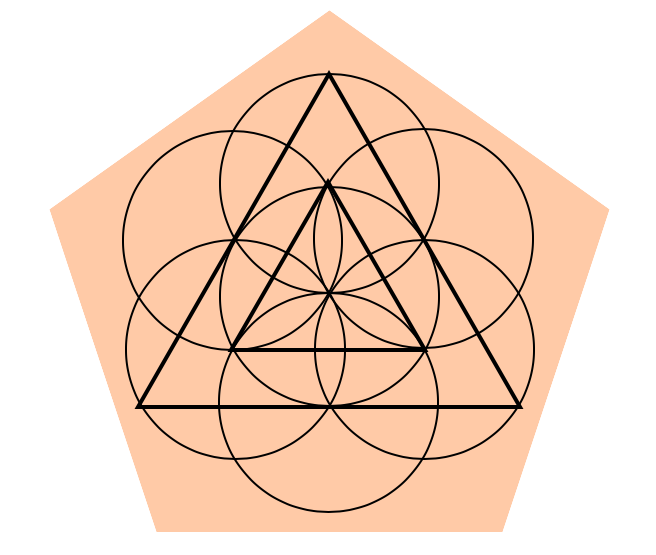Golf Biomechanics Optimization Self Assessment
The Feet - Our feet are essential to our overall function. Made up of 33 joints, 100 muscles and loaded with proprioceptors that informing the rest of the body about what’s happening below, they are the literal support for our entire body. The feet are often over looked as we cram them into good looking shoes and forget about their power. To unlock the full potential of movement throughout out our whole body we must first ensure that our base of support is mobile, strong and controlled, not just in standing but throughout the whole golf swing.
This self analysis will go over:
pronation
supination
4 step walk
single leg balance (30 sec)
The Hips - We all know how important the hips are for the golf swing. The place where we generate most of the power to swing. The ball in socket joint allows freedom of movement through all 3 planes and with some of the strongest muscles in the body, provides the stability needed to allow full function through the back. The hips also interact with both the feet and shoulders through fascial lines and proprioception.
This self analysis will go over:
Abduction and Adduction
Flexion and Extension
Internal and External rotation
The Spine - Made up of 3 main parts; Lower back, mid back, and neck, the spine is what the rest of the bones and muscles dangle off. A total of 33 individual bones and 364 joints, the spinal column houses the spinal cord which is our central nervous system - containing all the nerves that the information flows to and from our brain to allow us to experience our world as we do. Back pain is one of the the most common injuries not only in day to day life but also in golf. A healthy mobile and strong spine is the foundation you will generate you swing around, allowing all other parts of the body to move as efficiently as they can.
This self analysis will go over:
Back rotation (2 ways)
Side bending (lower and upper)
Neck rotation
Neck sidebending
Neck flexion (plus rotation)
The Shoulders - The shoulder girdle is an extremely complex joint - it’s not just the ball in socket, but also encompasses the the shoulder blade and how it interacts with the rib cage and therefore the mid back. The shoulder joint is the most mobile joint and therefor needs more dynamic stability which comes from all of the muscles surrounding it. The ball and socket part is interestingly very similar to a golf ball on a tee in terms of the size of the two parts, so any little movement off the centre of the socket can cause compensations either down into the elbow and wrist as well as the back and all the way up into the neck and head. As mentioned above the shoulders and hips are very connected and restrictions in one can cause compensations in the other.
This self analysis will go over:
Shoulder internal and external rotation
Shoulder abduction and flexion
The Golf Swing - Take a video of your golf swing from in front, behind and from the back of the swing. You can do this inside if you have room, or at the range, or even better on the course. The purpose is to combine what we find in the self analysis with the function of the golf swing. Putting everything together will allow me to design an individual program to optimize your mechanics to achieve a more efficient golf swing.

